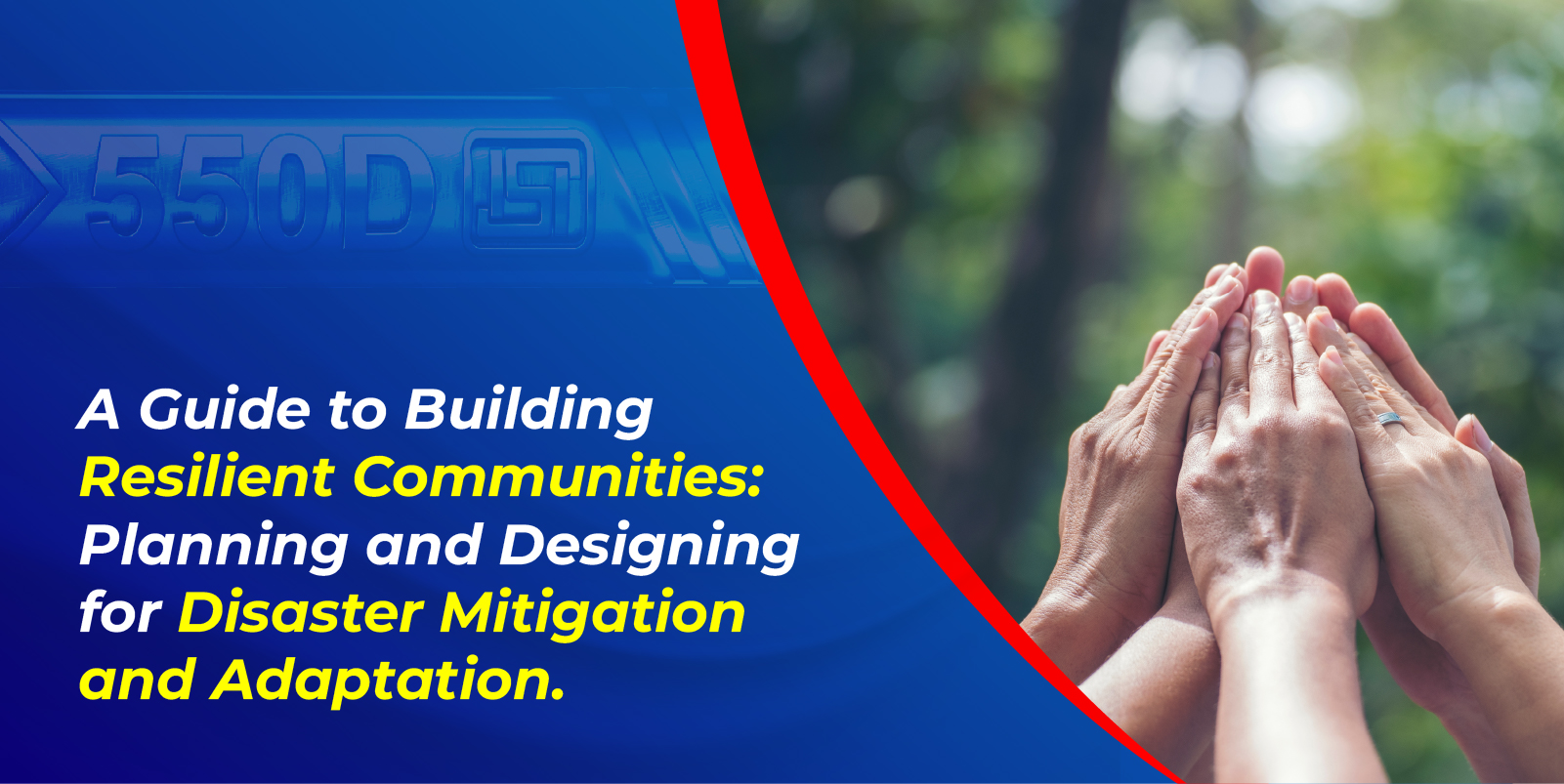A Guide to Building Resilient Communities: Planning and Designing for Disaster Mitigation and Adaptation
We live in an era of uncertainty. The chances of human-caused natural disasters are increasing rapidly. The risks involved, probability of occurrence, and scope of impact are not evenly distributed. What the current infrastructure looks like, where the community stands, how many resources they must tackle things and others will determine how they are prepared for the unknown.
The biggest question comes here: How can the communities prepare for themselves? To find an answer to these, we must look at resilient communities’ characteristics. Also, we must apply the strategies to build community resilience elsewhere. And if you have the right tools in your hand, the communities everywhere can mitigate and adapt to the changes that come.
What is the importance of building resilient communities?
Community resilience is the act of a community to recover from a disaster. It also refers to recovering from an ongoing or a new hardship. Nowadays, disasters and new threats are increasingly becoming very common. Especially those caused by increasing globalization, climate change, and urbanization. As the communities continue to grow both in complexity and size, the risk of the communities also increases.
When we go beyond disaster relief to consider community resilience, we begin to address the negatives of structural disadvantages. Boosting resilience means strengthening the communities and enhancing their health in a way that it will reduce the negative impacts of the challenges both in the present and in the future.
How is community resiliency related to other forms of resiliency?
The traditional modes of resiliency are mostly related to counter disaster activities. This might include several plans, such as the municipality constantly preparing for flash floods that could eliminate power knockouts. The non-profit organizations and the local governments might prepare to distribute disaster kits. It also includes distributing other resources to the public when there are hurricanes.
While these are the essential considerations of disaster preparations, community resilience should go even further. Community resilience will benefit disaster planners, businesses, and government agencies. This would make the preparation activities easier and their implementation more straightforward. Community resilience is all about promoting multiple systems that would contribute to the community’s overall health.
This approach helps prepare for disasters by adding essential features like social connectedness, community systems and everyday health.
Community resilience is also a factor in climate resilience. Just like community resilience, climate resilience is also related to acute disasters. Both these types of resilience result in long-term planning that also considers chronic events about disasters.
Characteristics of Resilient Community
Community focused health systems, strong planning for disaster preparedness are not only the characteristics of a resilient community. There are some other key traits too that determine the strength of a community in the face of hardships.
Social connect is one of the significant aspects of a resilient community. When the community members consider themselves individually a part of the greater whole, they can easily participate in and feel valued by the community. This enhances a sense of togetherness, connection and relatability that can be essential in the time of need.
It is important for the communities to be supported both emotionally and tangibly. They should have contact and connections with the needed resources. In the strong communities, the connectedness can build interpersonal relationships and a trust with the local organizations’. The local organizations’ fosters a feeling of social connect through increased access to the resources like the food banks.
What are the different strategies for building resilient communities?
Fostering the characteristics and aspects of a resilient community requires working towards a target. Different approaches can be taken towards achieving this goal. Some of the critical strategies for building resilience are as follows.
- Improving and strengthening public access to social and health services.
- Promoting health apart from disaster preparations.
- Allowing collaborations and communications across the community.
- Engage at the programs and the risk individuals that serve them.
- Building social connect.
There are numerous avenues available that help in building community resilience. What is most urgently needed or works the best depends on the unique needs of each community. It also depends on the culture, situation as well as the considerations of which the threats are likely to impact them.
Conclusion
If you can map the existing risks in a community, you can easily make the communities more resilient. You must also empower the governments, financial institutions, utilities, and all the urban planners that will help to answer the fundamental questions like where you must invest, where you should deploy the resources, and where you should optimize for resilience, return, and risk. Obtaining data about all these aspects can also help you build a resilient community. This will help tackle the disasters more effectively and with a strong sense of responsibility.

